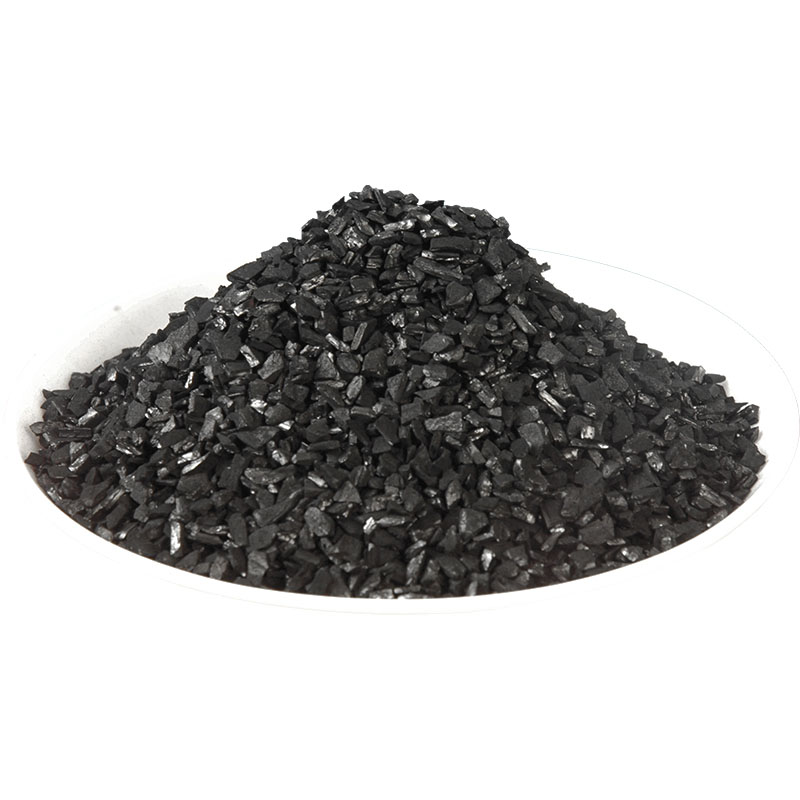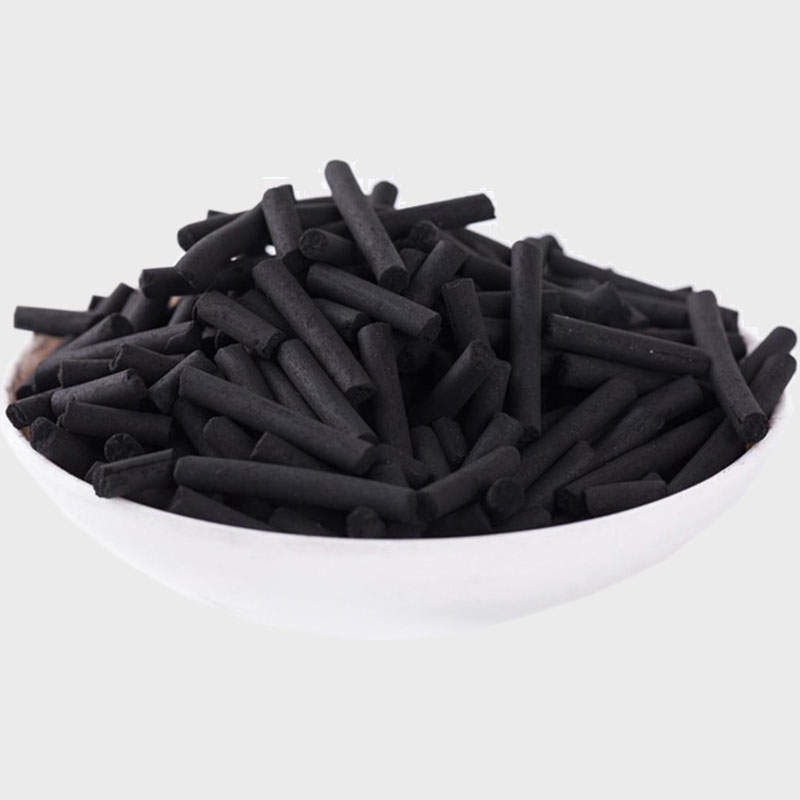

Activated carbon is a porous product of carbonized and activated materials. It has developed pore structure and huge specific surface area, and can be used as adsorbent, catalyst and catalyst carrier. At present, it is believed that activated carbon is composed of graphite-like microcrystals, for the Turbostratic Structure, but it is also believed that activated carbon is Aromatic ThreeDimensional Structure (Aromatic ThreeDimensional Structure), Also known as Rayleigh Structure (Riley Structure), or intermediate structure (Mesostructure), of course, some people think that activated Carbon is composed of Tetrahedral carbon structure (Tetrahedral Carbon Structure) carbon microcrystals.
According to a large number of X-ray diffraction tests, the X-ray diffraction pattern of activated carbon is similar to that of graphite, but it is different from the structure of graphite, and it is a spiral layer structure. Activated carbon is a porous body composed of these graphite-like microcrystals disordered. According to the test of various carbon materials, their pores are roughly divided into three categories, namely, large pores, medium pores and micropores.
These pores are the source of activated carbon’s adsorption capacity. If the activated carbon is heated, when the temperature rises to 1300℃, the activated carbon begins to graphitize, the disordered microcrystals gradually tend to be neat with the increase of temperature, when the temperature rises to 2700℃, the activated carbon is completely graphitized. Its electrical conductivity has also changed from a semiconductor to a good conductor. It can be seen that activated carbon is composed of graphite-like microcrystals.